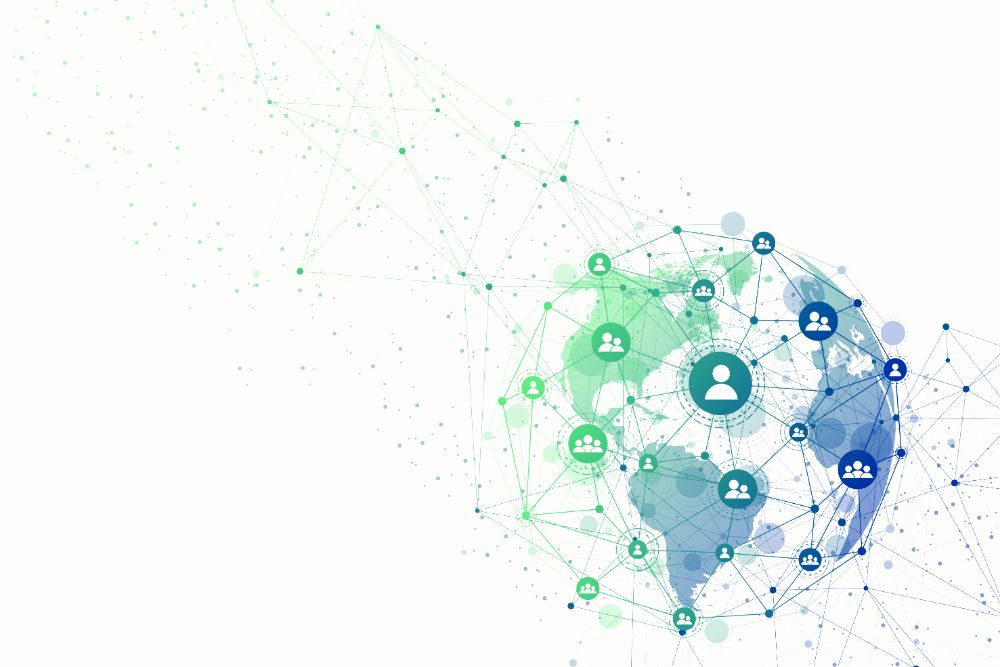
Understanding domain Spam Score is essential for managing your online reputation effectively.
In this article, we will break down what a domain spam score is, why it matters, and how it operates. We’ll also highlight key insights, considerations, and potential impact on search rankings.
Additionally, we’ll address common issues associated with a high domain spam score and provide actionable solutions to rectify them.
A Guide to Spam Score
Spam score is a metric indicating the spam level of a domain or a website.
It was first introduced by Moz, and their algorithm calculates how spammy a subdomain may be perceived by Google. It analyses a website against 27′ spam flags.’ The more flags a site accumulates, the higher the Spam Score.
There are two different types of tools when it comes to estimating spam score – tools that calculate spam score on a live website and such that estimate the spam score of an expired domain.
The factors that Moz considers when calculating Spam Score are suitable for live sites and not for expired domains – they take into consideration factors such as if there is an active Facebook Pixel, LinkedIn page, keyword density, thin content, and more, which are absolutely not relevant when it comes to estimating how spammy an expired domain is.
If you want to check how spammy an expired domain is, you must use the relevant tools for that.
And remember, Domain Spam Score and Website Spam Score are distinct metrics. Avoid any confusion between the two.
How to Check the Spam Score of an Expired Domain?
If you want to check the spam score of an aged domain, two of the most popular tools are Spamzilla and Rush Analytics.
These services both provide detailed analyses of your domain’s spam score so you can gain a better understanding of how your website is doing and what steps you may need to take to improve your website’s performance.
Spamzilla
Spamzilla is designed to monitor the spam score of expired domains.
It’s a cloud-based application that scans various auction and expired domain lists. It then uses its own algorithm to measure the level of spam for a domain and generate a SpamZilla Score (SZ Score).
This score ranges from 1-100, with 1 representing a low level of spam.
Examples of the factors that Spamzilla tracks are:
- Domain Age
- Active History
- Redirects
- Parked Pages
They offer a Free version of their service, which includes only 25 domain checks and no other features, and a paid version of $37 per month, including all of their features, such as automated spam checking, domain backlink data, and more.
What we like about Spamzilla is that it is easy to use and relatively cheap for the features included.
On the other hand, they are listing only a few of their data points, so it is not clear what exactly triggers spam filters in their algorithm. However, factors such as Domain history definitely don`t have anything to do with spam, and the same goes for Parked pages. This makes you wonder how reliable their score in total is.
Rush Analytics
Rush Analytics is a kind of all-in-one tool that can help with keyword research and clustering, SERP monitoring, Rank tracking, and some features related to vetting expired domains – backlink checker and Webarchive history checker & spam search in particular.
What we like about this tool is that it offers a free trial so you can test and decide by yourself if it is worth it or not. Also, you can do some bulk checks, which can really save some time.
Webarchive spam checker
The good thing about the Webarchive spam checker is that you can do bulk checks, and it is much faster compared to checking the domains one by one in the Wayback machine. You can also include your own spam words, which is great.
The bad thing is that it seems that spam detection is based on finding Asian language symbols and specific words, which leads to the following problems:
-What if you are looking for Asian domains specifically? Will all Asian domains be considered spammy? South East Asia and Japan are huge emerging markets for SEO and affiliate websites (main users of expired domains are affiliate websites), and it seems the tool is not reliable for evaluating such domains.
-The check is also based on specific “spamwords”. They are not specified but probably are related to the niches with the most common spam, such as Casino, Adult, Health, Loans, etc. However, these are some of the most lucrative and high-paying niches, and a large amount of the purchased expired domains are used for building PBNs exactly in these niches. Actually, aged domains related to some of these industries (Gambling, Health, and Finance) are extremely expensive and valuable. Will these domains be considered spam by Rush Analytics?
-There is a decent share of archive spam where the domain remains in English but just completely changes the niche, which is also considered archive spam.
Backlink Spam Checker
It works in a similar way as the archive checker. Asian language characters and some specific English words are considered as spammy:
This leads to the same issues mentioned above. There are tons of high-authority Asian sites that you would love to have links from. Again, it is not a suitable checker for the most desired niches for aged domains.
However, depending on your niche and market, this can save time, for example, if you are sure that you don`t want links from non-English sites and sites in sensitive niches. It is just not for everyone, and definitely not for expired domains heavy users.
Is spam score a ranking factor?
A spam score by itself is not a ranking factor. Google and other search engines don’t refer to the estimations of third-party tools when it comes to ranking websites.
However, a high spam score may indicate other issues that could negatively impact your rankings, like too many exact match anchors or backlinks from low-quality sites.
The Importance of Expired Domain Spam Score for SEO
Spam Score is important in SEO because it tells potential buyers if a domain needs thorough research before buying. On the seller’s side, a high spam score influences pricing, resulting in lower prices for domains with high spam scores.
However, keep in mind that a low spam score does not guarantee that everything with the domain is alright.
Considerations When Looking at Spam Score
The tools mentioned above can be helpful when you want to check dozens or hundreds of domains at once and remove the ones with obvious spam, depending on your niche. This can definitely save you time.
However, in some cases, as mentioned above (specific languages, markets, and niches), you will not be able to rely on Spamzilla and Rush Analytics and, unfortunately, any other tool.
What Quirk Biz Experts Think of Spam Score as a metric for Aged Domains?
In general, we at Quirk Biz don’t consider Spam Score a reliable metric for evaluating expired domains. The tools mentioned above don’t provide a clear statement on what exactly data points they use to estimate the spam score. Also, depending on what you will use the domains for, you would want to check different factors – for cheap domains for PBNs, you would be Okay with Archive spam, while for expensive aged domains for 301 redirects or new money sites, you would ideally want clean domains, with no content spin-offs.
We at Qurik Biz believe in manual checks and making decisions by ourselves. Tools can be used to speed up the process, but you can`t rely on them for important decisions. For example, if a tool flags a weak domain with DA 10 and DR 3, I wouldn`t bother to check it manually, but if it flags a strong domain with high metrics, I would have a manual check and decide by myself if it is worth it or not. The same goes if the domain doesn`t have a high spam score – if it is a cheap domain that you are going to use as PBN – sure, you can buy it directly. But if it is an expensive domain for a few thousand dollars that you plan to develop as your next project – it definitely requires a detailed check.
Potential Problems Associated With High Spam Score of an Expired Domain
If you have a high domain spam score, you could face some serious problems like:
Your Website Can Be Penalized
Having a high domain spam score can also lead to your website being penalized. This happens when the score is 95% or higher. Also, you should avoid buying domains with manual penalties from Google.
Your Website Can Be Deindexed
If your domain spam score is too high, your website can be deindexed by search engines. This means that your site will no longer appear in search results, and there’s no way to change it. This can be a huge setback for any website owner, as it can be difficult to start over and build up your search engine visibility again.
Depending on what you will use the domain for, there may be different problems:
- For a new site: Using a spammy domain for a new site can start slower and require more time and resources. That may lead to a manual penalty, which is a problem and should be avoided.
- For redirect: Using a domain with a high spam score may have a negative effect on your desired results, and you should be very careful about that.
Conclusion
Spam score is an important factor to consider when looking to improve SEO for your website. Knowing how it works and the problems it can cause is essential to keeping your domain clean and improving your ranking.
If you do have a spammy domain, there are ways to fix it. Just remember, the more you understand about spam scores, the better your chances of success.






















